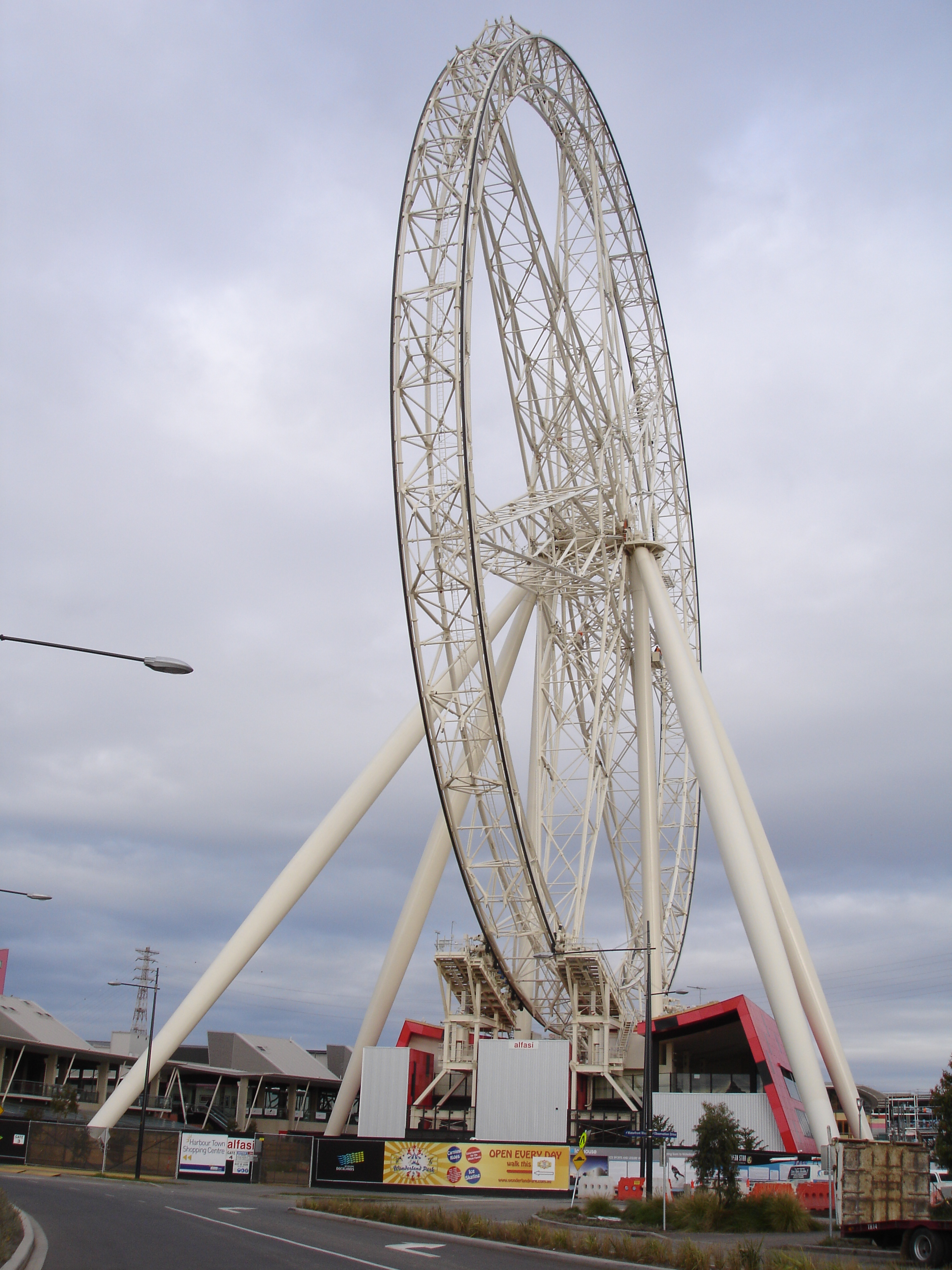Dispute Boards in Australia – the Story So Far

Dr Donald Charrett (2012) 15 Buildlaw 10
Dispute Boards (DBs) in Australia have provided a mechanism for reducing the adversarialism in construction projects, without losing the benefits of traditional hard money forms of contract. The DB concept was first introduced into Australia in the Sydney outfall tunnels project in 1987. Although a few projects used DBs in the 1990s, they became more widely used from around 2003. This awakening of interest was the result of:
- industry wide dissatisfaction with the traditional methods of resolving disputes after they had arisen;
- the successful and expanding utilization of DBs internationally, particularly in the USA;
- and the establishment of the Dispute Resolution Board of Australasia (DRBA) as a special interest group and Chapter of the Dispute Resolution Board Foundation (DRBF) to facilitate training in and promotion of the use of DBs.
Since 1987, more than 30 DBs had been completed or are in progress in Australasia. There were only 5 DBs before 2003, with a total project value of approximately $580 million. Since 2003, the combined value of the approximately 25 projects that have had DBs exceeds $11 billion. Typically, DBs have been used in infrastructure projects such as roads, bridges, rail projects, tunnels, dams, ports, pipelines and water plants. With several exceptions, these projects have been government funded. At least 5 or 6 DBs have started or are starting in 2012 on major projects.
The use of DBs in Australia, although limited to date, has the enviable record that all disputes have been resolved within the DB process, with no disputes proceeding to arbitration or litigation. In addition, many potential disputes have either been avoided or amicably resolved within the DB process, without crystallising into formal disputes. There appear to be a number of features of this successful use of DBs that seem to be specific to the Australian experience. Further information can be downloaded: Download

